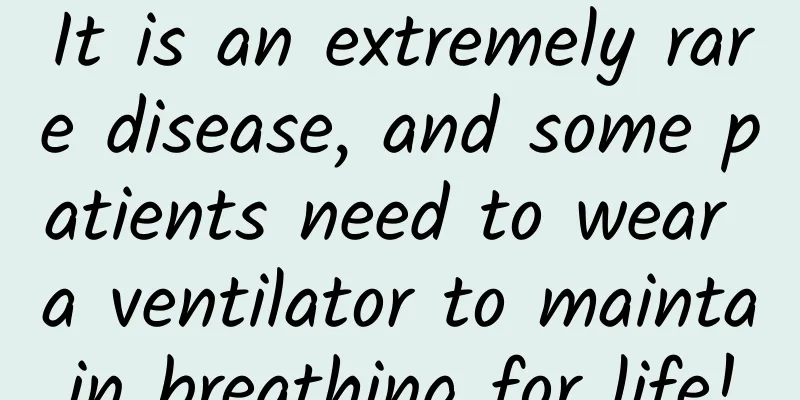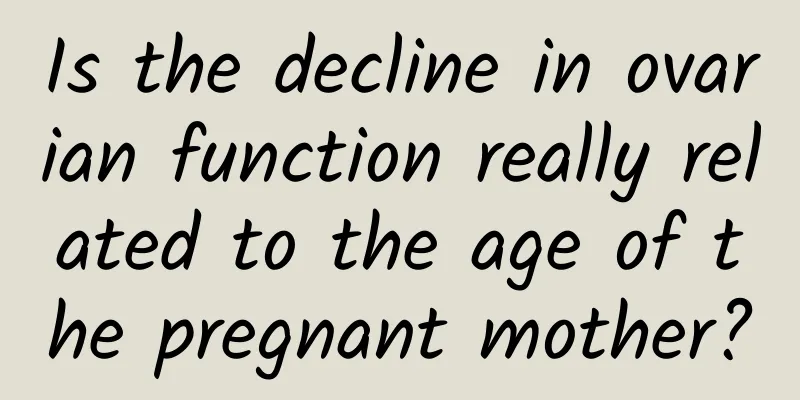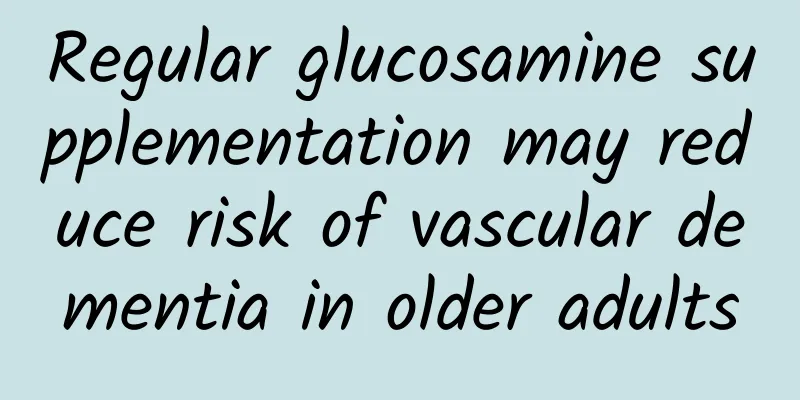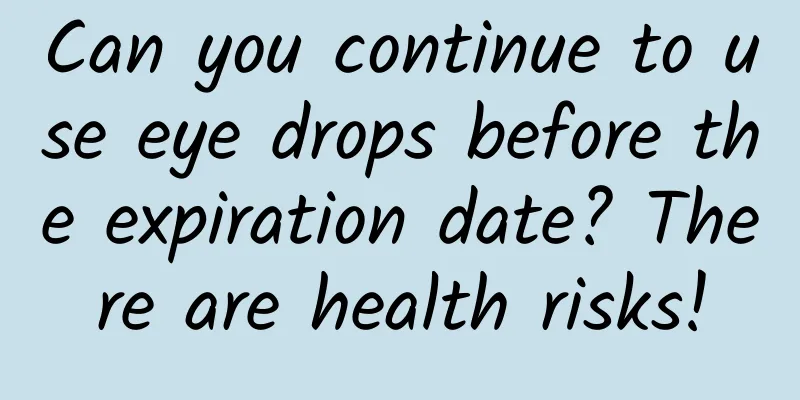It is an extremely rare disease, and some patients need to wear a ventilator to maintain breathing for life!

|
Author: Xu Zhifei, Chief Physician, National Children's Medical Center, Beijing Children's Hospital, Capital Medical University Reviewer: Song Gang, Chief Physician, Cancer Hospital, Chinese Academy of Medical Sciences It is a rare disease. According to statistics, there are only more than 1,000 children with this disease in the world. This disease is mainly caused by problems in the respiratory center, which manifests as no breathing or very shallow breathing after falling asleep, leading to a series of pathological and physiological changes such as carbon dioxide retention and hypoxemia, which is called congenital central hypoventilation syndrome. 1. Does congenital central hypoventilation syndrome occur at birth? Most cases of congenital central hypoventilation syndrome occur within one year of age, and some occur in the neonatal period. Some diseases are relatively mild and may not occur until childhood or even adulthood, often after a certain stressful state, such as surgery, severe infection, trauma, etc. Children with congenital central hypoventilation syndrome generally do not have any symptoms during the day and their breathing is normal. After falling asleep, they experience hypoventilation, not breathing or breathing very shallowly, leading to hypoxia and carbon dioxide retention. For example, they will have a headache in the morning, feel weak all over, and be very sleepy. Under normal circumstances, the respiratory center will have a normal response to low oxygen and high carbon dioxide. When the body has low oxygen or high carbon dioxide, it will breathe hard to expel the carbon dioxide, allowing more oxygen to enter the body. Patients with congenital central hypoventilation syndrome lack this normal respiratory response. They are unaware that they have hypoxia and carbon dioxide retention, which will lead to increasingly severe hypoxia and increased carbon dioxide. When the concentration of carbon dioxide in the body is extremely high, it will lead to carbon dioxide anesthesia and respiratory depression, which may cause sudden death. In particularly severe hypoxemia, when the brain is severely deprived of oxygen, sudden death at night may occur. Long-term chronic hypoxia can lead to polycythemia, and may also cause pulmonary hypertension, right heart failure, etc. Congenital central hypoventilation syndrome is caused by gene abnormalities, which can also lead to abnormal blood pressure regulation, heart regulation, and temperature regulation, which are abnormalities in autonomic nervous system function regulation. Some of them may be accompanied by congenital megacolon, dysphagia, and other problems, which are actually related to the function of this gene. This disease is very rare, with only more than 1,000 cases reported worldwide and only more than 20 cases reported in our country. People may not be familiar with this disease, and because it occurs at night, it is likely to be missed or misdiagnosed. 2. How to diagnose congenital central hypoventilation syndrome? If a child experiences hypoventilation and factors other than airway obstruction, such as enlarged adenoids and/or tonsils, or airway malformations, are excluded, central factors should be considered. For example, if a tumor compresses the respiratory center, it can also cause hypoventilation, and a head MRI is needed to rule out hypoventilation caused by the tumor. Neuromuscular diseases can also cause hypoventilation, such as Duchenne muscular dystrophy and SMA (spinal muscular atrophy), which require electromyography, muscle enzyme and other tests to rule out this condition. The diagnosis of congenital central hypoventilation syndrome also requires polysomnography, which can monitor a lot of information, such as the depth of sleep, whether the person is asleep or awake, as well as respiratory movements, blood oxygen saturation, etc. Through the non-invasive continuous transcutaneous carbon dioxide detector, it is possible to dynamically observe whether hypoxemia occurs from wakefulness to sleep, whether carbon dioxide is rising little by little, and dynamically observe blood gas changes to help diagnose hypoventilation problems. Figure 1 Original copyright image, no permission to reprint After ruling out obstructive factors and central problems caused by other diseases, congenital central hypoventilation syndrome is suspected and genetic testing is required, especially testing of the PHOX2B gene. If the gene is mutated, a clear diagnosis can be made. 3. Is there any way to treat congenital central hypoventilation syndrome? Hypoxemia and carbon dioxide retention occur at night, and respiratory support is required. The most commonly used treatment now is non-invasive ventilator. Non-invasive ventilator therapy is to wear a very small nasal mask, and use the machine to deliver air during sleep at night to ensure normal ventilation, which can solve the problems of hypoxia and carbon dioxide retention. The principle is to give a high pressure when inhaling and a relatively low pressure when exhaling to help the lungs relax, which is equivalent to replacing the activity and function of the lungs. You have to wear it every night, and you don't have to wear it during the day if the symptoms are not obvious. Figure 2 Original copyright image, no permission to reprint Congenital central hypoventilation syndrome is caused by gene mutation. There is no drug to treat it, and it cannot be solved by surgery. After diagnosis, if the correct respiratory support treatment is given, the child can live and study like a normal child, but generally requires lifelong respiratory support. |
<<: How to help children with primary ciliary dyskinesia to pass sputum?
>>: Viral myocarditis: a latent heart "cold"
Recommend
Can you bake by making popcorn butter? Why do girls like baking?
BP is called baking powder in baking. Baking powd...
How to reduce breast size if it is too big?
Every girl doesn't want to be a princess of p...
Ways for housewives to maintain physical and mental health
We know that housewives are under a lot of pressu...
What to do if luteinizing hormone is high?
Luteinizing hormone is a hormone produced by the ...
No pain, but I feel my lower abdomen dropping
There are many reasons why women experience lower...
Is Nipple Pain a Sign of Pregnancy?
In the early stages of pregnancy, women generally...
Precautions for threatened abortion
There are many things to pay attention to when ha...
Age-related macular degeneration
As the elderly age, their collagen will gradually...
After revenge, I was "revengeful", the unbearable "weight of eating raw seafood"
recently A man avenges his daughter's crab bi...
Why do I have blood clots every time I have my period?
Adult women normally have their menstrual period ...
When is the best time to put the ring in?
Wearing an IUD is a long-term and effective contr...
Why is my nipple itchy when I breastfeed?
Breasts are an area that every woman should pay a...
These bad living habits are harming our eyes!
"Looking at the phone while walking", &...
What is the correct way to wash the vulva with soap?
When taking a bath, many people will use soap to ...
Fuyankang Tablets for the Treatment of Cervical Erosion
Cervical erosion is a common gynecological diseas...









